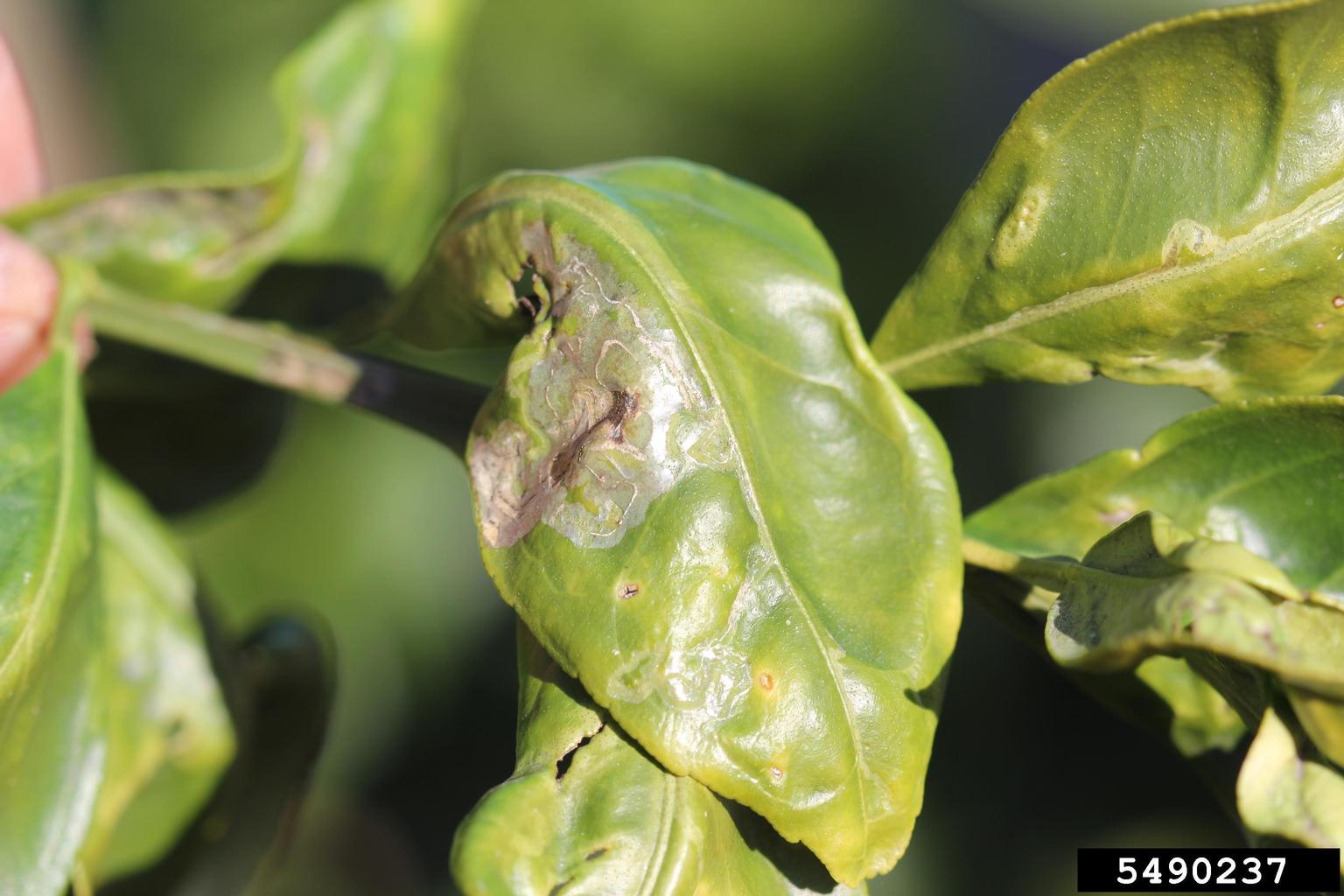Lime Tree Leaf Curl: What Causes Curling Leaves On Lime Trees


Your lime leaves are curling, and you have no idea where to start treating them. Have no fear, there are many innocent causes of leaf curl on lime trees. Learn what to look for and how to handle common lime tree leaf curl problems in this article.
Leaf Curl on Lime Trees
Our plants can bring us so much joy and calm, but when the leaves on your favorite lime tree start to curl up, your garden can become suddenly distressing and a source of worry. Lime tree leaf curl isn’t the most attractive thing to ever happen to your tree, but it’s not usually a major problem.
There are several different reasons for curling leaves on lime trees, and we’ll explore each one so you can choose an appropriate remedy. If your lime leaves are curling, it may seem like your plants are headed for disaster, but there are several easy-to-solve problems that could be causing this situation.
It’s important to carefully examine your plant’s leaves with a magnifying glass before attempting to treat this condition so you know for certain you’re taking the right approach. Here are some common reasons for leaf curl on lime trees:
Normal behavior. It’s not uncommon for lime leaves to curl downward in the fall or winter. This isn’t a real problem unless the new growth also comes out curled. Watch and wait if you don’t see signs of pests or disease.
Improper watering. Overwatering, underwatering, and heat stress can cause leaves to curl up or inward. The leaves may turn a dull green or dry out and crisp from the tip downward if the tree is being underwatered. However, you shouldn’t leave a potted lime tree in standing water at all times either since the tree likes it a little bit dry. Instead, remember to water them deeply once or twice a week. Trees in the landscape can benefit from dedicated irrigation during dry periods only.
Plant parasites. Sap-sucking and leaf-mining parasites can cause curling leaves on lime trees too. This is why close inspection is so vital; detecting actual insects can help determine the treatment. The signature of leaf miners is their wandering tunnels across the leaf’s surface. Other insects, like aphids, will be visible on the underside of the leaves; spider mites are much smaller and may not be immediately visible, but their fine silk threads are a dead giveaway.
Sign up for the Gardening Know How newsletter today and receive a free copy of our e-book "How to Grow Delicious Tomatoes".
Neem oil is an effective treatment against mites and scale insects, but aphids can easily be sprayed off the lime tree with a garden hose. Leaf miners are nothing to worry about unless they’re all over your tree. Older, hardened leaves won’t be affected.
Disease. Both bacterial and fungal diseases can cause lime tree leaf curl. Close inspection may reveal fungal spores or lesions beginning to form. Proper identification of the disease in question is vital since the treatment can vary. Most fungal diseases can be defeated with a basic fungicide like a copper-based spray. It can also treat some surface-level bacterial diseases.
If you’re not certain which disease your plant is suffering from, you can consult your local university extension office. With fungal and bacterial diseases, often the trick is to make the lime tree less inviting by pruning liberally to increase air circulation within the plant’s deepest foliage.

Kristi Waterworth was a regular contributor to Gardening Know How for many years, answering countless queries on plant pests and diseases.